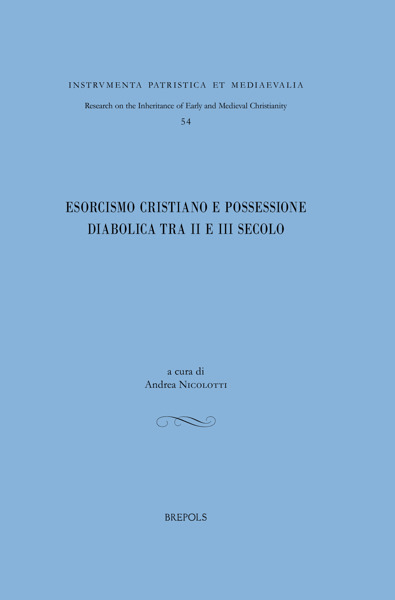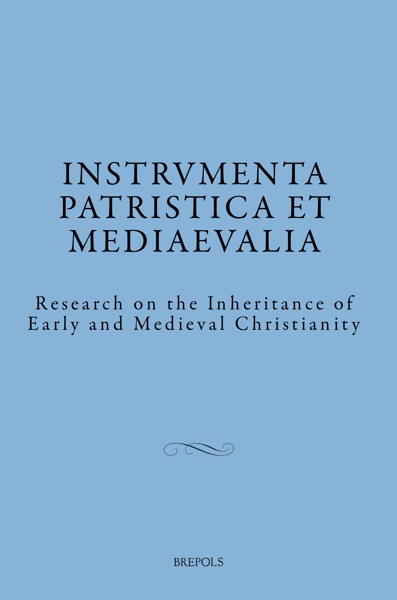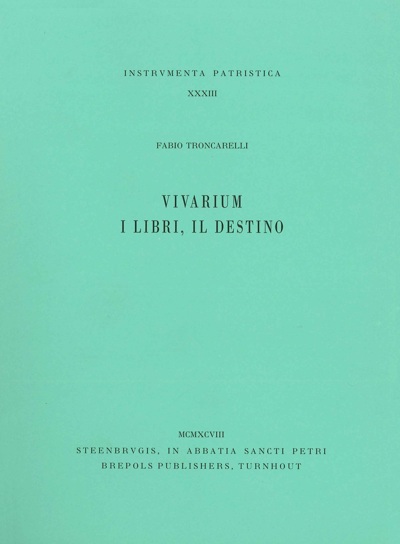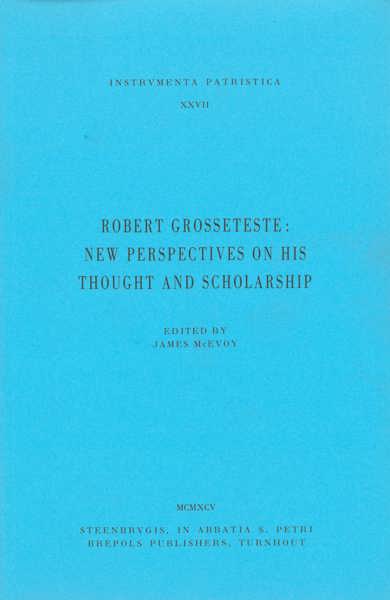
Pseudo-Eusebius of Alexandria
A Late Antique Harrowing of Hell and Its Medieval Reception
Eusebius of Alexandria's Sermons 15 and 17 (CPG 5524; 5526) and their Latin Rewritings
Rémi Gounelle, Aidan Conti, Zbigniew Izydorczyk
- Pages: approx. 448 p.
- Size:156 x 234 mm
- Illustrations:4 tables b/w.
- Language(s):English, Latin, Greek
- Publication Year:2026
- € 100,00 EXCL. VAT RETAIL PRICE
- ISBN: 978-2-503-61446-5
- Hardback
- Forthcoming (Jan/26)
- ISBN: 978-2-503-61447-2
- E-book
- Forthcoming
*How to pre-order?
A fascinating journey, highlighting the creativity of the copyists and translators of Late Antiquity and the Middle Ages, and demonstrating their profound interest and investment in the story of Christ’s Descent into Hell
Rémi Gounelle is professor of the history of Christian Antiquity at the Faculty of Protestant Theology, University of Strasbourg,
Aidan Conti is professor in Medieval Latin at the Department for Linguistic, Literary and Aesthetic Studies, University of Bergen
Zbigniew Izydorczyk is professor of Medieval Literature at the English Department, University of Winnipeg
In 1904, Edward Kennard Rand published a Latin sermon by an unknown author from a single manuscript of the ninth century that recounts the amazement of the devil at the crucifixion of Jesus and the devil’s defeat at the coming of Christ into the underworld, or the Harrowing of Hell. This Sermo de Confusione Diaboli added a new dimension to the already complex research dossiers of the pseudo-Eusebius of Alexandria sermons and of the Gospel of Nicodemus. A century later, new witnesses of the text edited by Rand and an unedited Latin translation of pseudo-Eusebius’ Sermo 17 have begun to shed new light on the interconnectedness of all these materials. The present book critically edits the newly identified Latin documents and discusses them in relation to their Greek sourcer(s) and to one another. It retraces the paths from the protean forms of pseudo-Eusebius’ Greek sermons 15 and 17 to their Latin translations, to the Sermo de Confusione Diaboli, and to the Gospel of Nicodemus. In the process, it highlights the creativity of the copyists and translators of Late Antiquity and the Middle Ages, and demonstrates their profound interest and investment in the story of Christ’s Descent into Hell.
Sigla
Note to the reader
Introduction (R. Gounelle)
Chapter 1. State of research and new perspectives on Eusebius of Alexandria and the corpus of homilies ascribed to him
1.Did Eusebius of Alexandria really exist? (D. Niquin)
2. The collection of homilies by Pseudo-Eusebius of Alexandria (R. Gounelle)
3. History of research on the Greek manuscript tradition of Sermons 15 and 17 (R. Gounelle)
4. The Greek tradition of the Sermones 15 & 17 (R. Gounelle)
Appendix to chapter 1. Edition of Greek texts of sermons 15 and 17 of Pseudo-Eusebius of Alexandria (R. Gounelle)
Chapter 2. The Latin witnesses
1. The De passione (A. Conti)
2. The Sermo de confusione diaboli (Z. Izydorczyk)
Appendix to chapter 2. Synoptic presentation of the Latin texts of sermo 17
Chapter 3. Relations of the De passione and the Sermo de confusione diaboli with their presumed Greek sources
1. A single translation of Sermo 17 (A. Conti – R. Gounelle – Z. Izydorczyk)
2. The Latin translation of Sermo 15 A. Conti – R. Gounelle – Z. Izydorczyk)
3. The origins of the Latin De confusione text (Z. Izydorczyk – R. Gounelle)
Chapter 4 Relationship between De Passione / De Confusione and the Gospel of Nicodemus (R. Gounelle – Z. Izydorczyk)
1. Parallel yet different narratives
2. The relationship between the two versions
General conclusion (R. Gounelle – A. Conti – Z. Izydorczyk)
General logical stemma
Bibliography
Index of biblical citations
Index of the Latin words discussed in the notes or in the philological commentary
Table of contents




